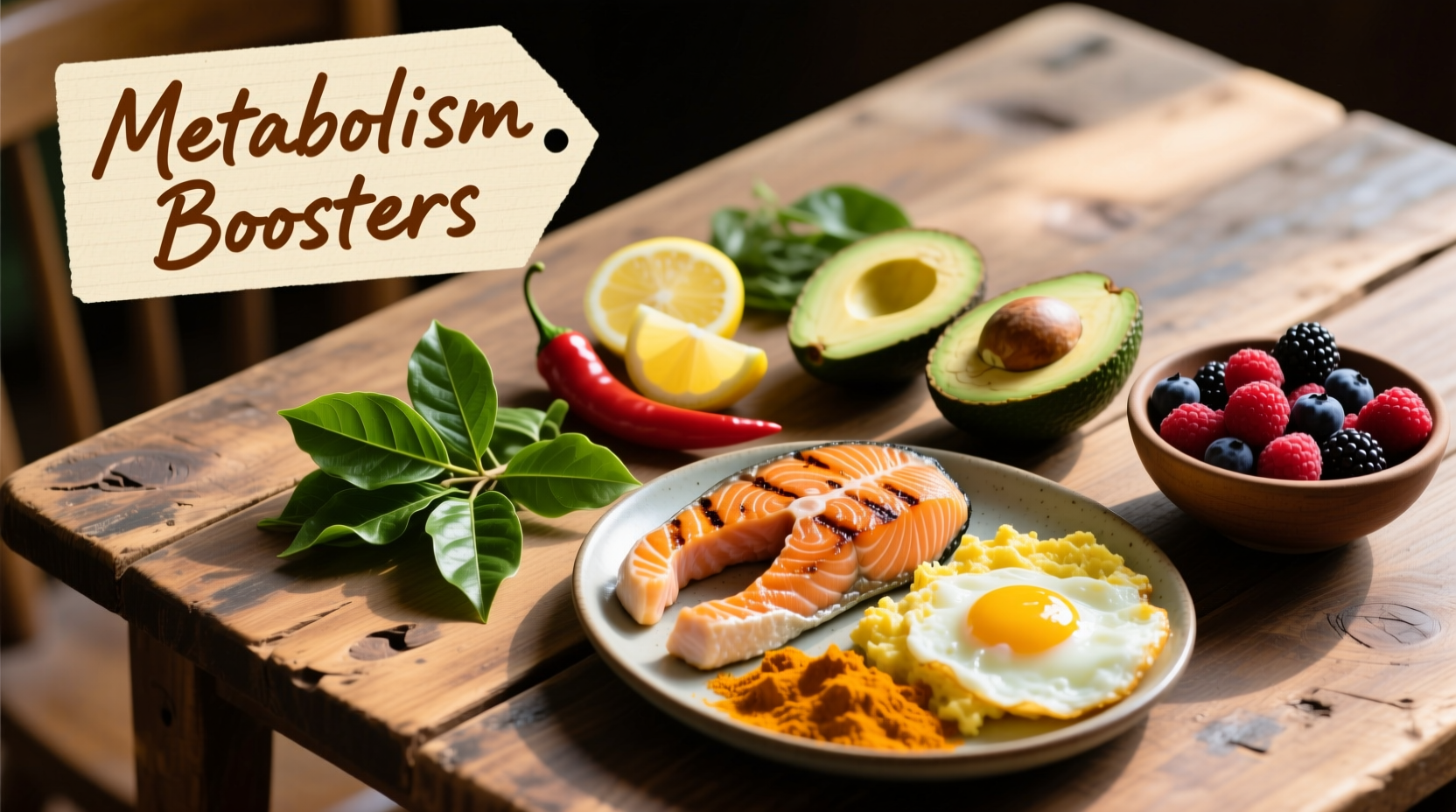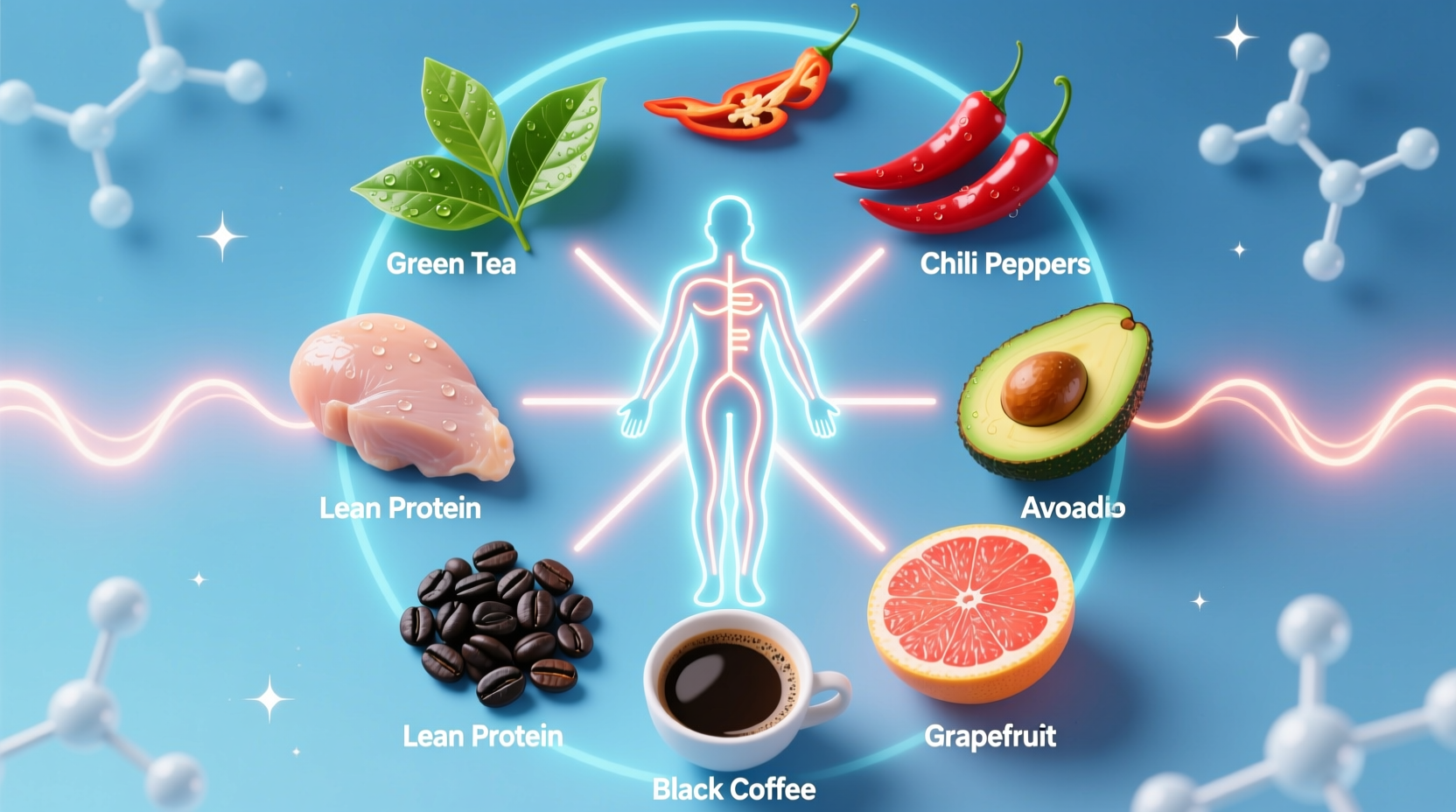Understanding which foods genuinely increase metabolism can transform your approach to nutrition and weight management. While no single food will dramatically accelerate your metabolic rate overnight, strategic dietary choices create meaningful cumulative effects. This guide separates evidence-based metabolism boosters from popular myths, providing actionable strategies backed by nutritional science.
The Science Behind Food and Metabolism
Your metabolism represents all chemical processes that maintain life, converting food into energy. While genetics and age play roles, certain foods influence metabolic rate through thermogenesis—the energy required to digest, absorb, and process nutrients. The thermic effect of food (TEF) varies by macronutrient: protein requires 20-30% of its calories for digestion, carbohydrates 5-10%, and fats 0-3% (National Institutes of Health, 2016).
Metabolism-boosting foods work through specific mechanisms:
- Thermogenic compounds like capsaicin in chili peppers increase calorie burn
- Protein-rich foods require more energy to metabolize than fats or carbs
- Antioxidants in green tea enhance fat oxidation during exercise
- Omega-3 fatty acids improve insulin sensitivity, supporting metabolic efficiency
Evidence-Based Metabolism-Boosting Foods
These foods demonstrate measurable metabolic effects in peer-reviewed research. Incorporate them as part of balanced meals for sustainable results.
Green Tea and Matcha
Green tea contains epigallocatechin gallate (EGCG), which increases metabolic rate by 3-4% according to a study in the American Journal of Clinical Nutrition. The combination of EGCG and caffeine creates a synergistic effect, enhancing fat oxidation during moderate exercise. For best results, consume 2-3 cups daily between meals—avoid adding sugar which negates benefits.
Lean Proteins
Foods like chicken breast, turkey, fish, and legumes require significantly more energy to digest than fats or carbohydrates. Research from the Journal of the Academy of Nutrition and Dietetics shows high-protein diets can increase post-meal calorie burn by 80-100 calories daily. Include 20-30 grams of protein per meal to maximize the thermic effect.
Chili Peppers
Capsaicin, the compound that gives chili peppers their heat, temporarily increases metabolic rate by 5% and fat oxidation by 16% (Physiology & Behavior journal). Incorporate cayenne pepper, jalapeños, or habaneros into meals—but note that tolerance builds over time, reducing the effect. Start with small amounts if you're not accustomed to spicy foods.
Fatty Fish
Salmon, mackerel, and sardines provide omega-3 fatty acids that improve insulin sensitivity and reduce inflammation. A study in Nutrients journal found omega-3 supplementation increased metabolic rate in overweight individuals by improving mitochondrial function. Aim for two 3.5-ounce servings weekly for optimal metabolic support.
| Food | Mechanism | Effective Dose | Best Consumption Time |
|---|---|---|---|
| Green tea | EGCG + caffeine synergy | 2-3 cups daily | Between meals |
| Lean proteins | High thermic effect (20-30%) | 20-30g per meal | With each meal |
| Chili peppers | Capsaicin activation | 0.5-1g capsaicin | With meals |
| Fatty fish | Omega-3 anti-inflammatory | 70g 2x/week | Lunch or dinner |
Practical Implementation Strategies
Simply adding these foods isn't enough—you need strategic implementation. Nutrition researchers at Harvard University found that timing and combination significantly impact metabolic effects (Harvard T.H. Chan School of Public Health).
Optimal timing approaches:
- Consume protein within 30 minutes of waking to jumpstart metabolism
- Drink green tea 60-90 minutes before exercise to maximize fat oxidation
- Add chili peppers to lunch rather than dinner to avoid sleep disruption
- Pair fatty fish with cruciferous vegetables like broccoli for enhanced nutrient absorption
Realistic Expectations and Limitations
Metabolism-boosting foods create modest but meaningful effects. The European Journal of Clinical Nutrition reports that even the most effective food combinations increase daily calorie burn by only 100-200 calories (2017 study). This translates to approximately 1 pound of weight loss per month—valuable but not miraculous.
These foods work best when combined with other metabolic supporters:
- Adequate sleep (7-9 hours nightly)
- Regular strength training (preserves muscle mass)
- Hydration (dehydration slows metabolism)
- Stress management (cortisol impairs metabolic function)
Individual responses vary significantly based on age, existing health conditions, and genetic factors. Those with thyroid disorders or metabolic syndrome should consult healthcare providers before making significant dietary changes.

Common Misconceptions Debunked
Several popular metabolism myths lack scientific backing:
- "Grapefruit burns fat" - Despite popular claims, grapefruit doesn't specifically target fat loss according to Mayo Clinic research
- "Detox teas dramatically boost metabolism" - Most contain laxatives that cause water loss, not fat loss
- "Eating small meals throughout the day speeds metabolism" - Total daily calories matter more than meal frequency (American Journal of Clinical Nutrition)
The most effective approach combines evidence-based metabolism boosters with sustainable lifestyle habits rather than seeking quick fixes.











 浙公网安备
33010002000092号
浙公网安备
33010002000092号 浙B2-20120091-4
浙B2-20120091-4